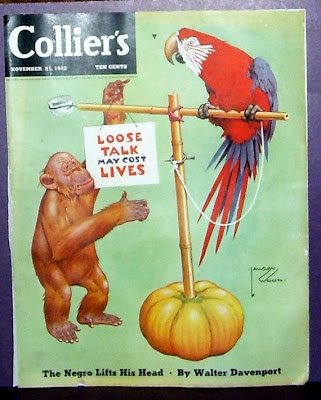Birds & Eggs Toy Kit by Hakan Gürsu
Birds&Eggs creative toy set allow children to create various birds with gathering different stylized body pieces. Designed for children above the age of 5, it is a universal toy that children from different cultural backgrounds learn and discover living animals while also designing their own birds. Set consists of head, neck, body, wing, tail and feet pieces. There are 24 characteristic bird heads including duck, owl, parrot, pelican and more. Parts are interchangeable and create an option set, which in the end enables creating thousands of bird types. Children can make abstracted birds by looking at nature and bird images, or they can make their own creation of birds from their imagination. Offering a simple play, the design lets building creatures and transforming them easily. Birds&Eggs are classified according to their sizes. There are seven sizes and each bird fits into the correspondingly sized egg. Therefore children can carry birds in their eggs to play anywhere.

















+Lady+with+a+Parrot+and+Gentleman+with+a+Monkey+1664.jpg)




















)BPvWYkE6m!~~60_57.jpg)












